There are few places on Earth where you can feel so utterly and wonderfully small. In the fog-draped forests of Northern California, time seems to slow down. A hush falls over the landscape, broken only by the drip of moisture from a fern or the distant call of a raven. Here, you stand in the presence of living giants—the tallest trees in the world. This is Redwood National and State Parks, a unique collaboration of parks that protects not just a forest, but a primeval kingdom.
This UNESCO World Heritage Site isn’t a single, gated park, but a mosaic of national and state lands stretching for nearly 50 miles along the rugged California coast. It’s a place of profound beauty and staggering scale, where ancient groves meet a wild, untamed ocean. Whether you have an afternoon or a week, preparing for a journey here is preparing for an experience that will stay with you forever.
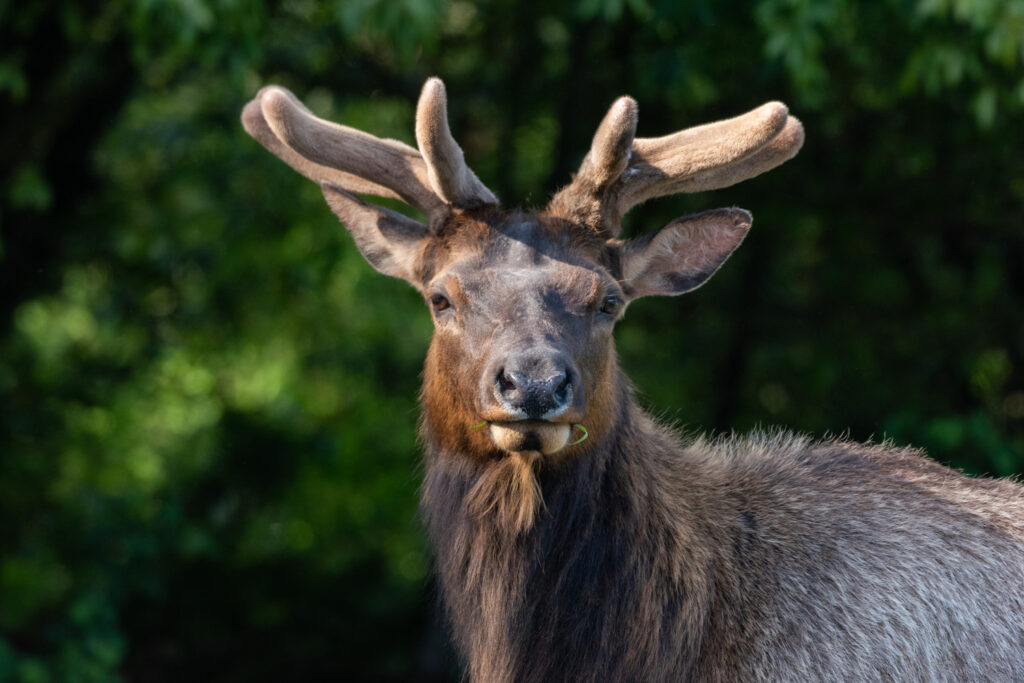
A Forest Like No Other: The Land of the Tallest Trees
The main event, without question, is the Coast Redwood, or Sequoia sempervirens. These are not just tall trees; they are living skyscrapers. Many have been standing for over 1,000 years, with some reaching heights of over 380 feet (115 meters)—taller than a 35-story building.
Walking into an old-growth redwood grove is a sensory experience. The air grows cool and damp. Sunlight filters through the immense canopy, creating a pattern of light and shadow on the lush, fern-covered floor. The sheer size of the trunks, some more than 20 feet in diameter, forces a new perspective. These silent sentinels create a natural cathedral, inspiring a sense of reverence and awe. It’s this humbling, powerful feeling that draws visitors from across the globe to walk among them.
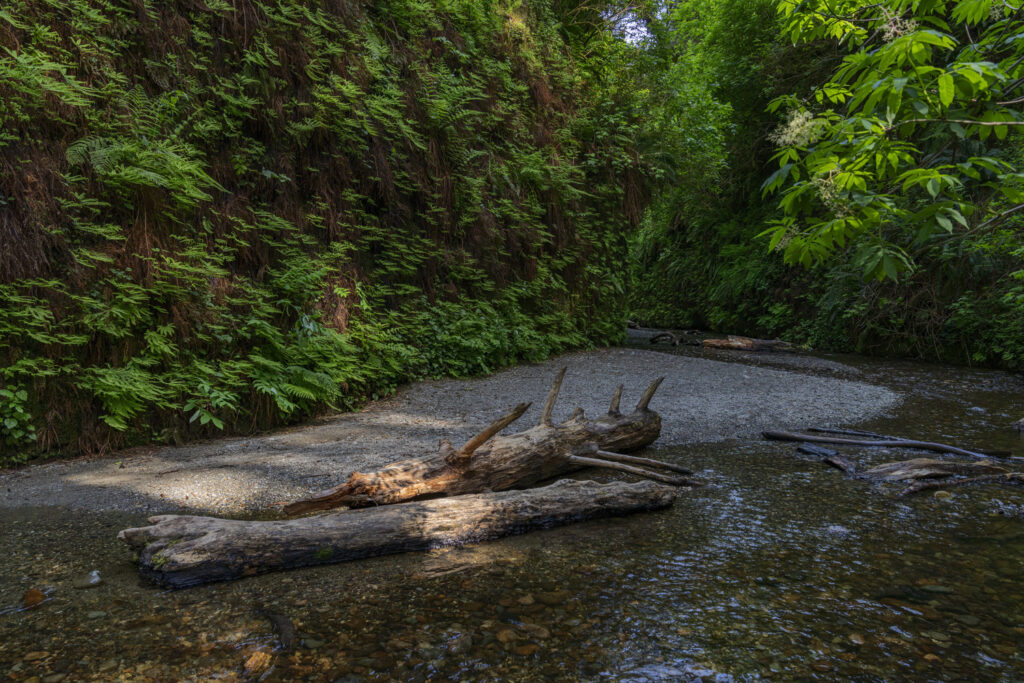
Must-See Groves and Iconic Hikes
While you can feel the magic from the roadside, the true heart of the parks is found on its trails. With over 200 miles of hiking paths, there is a journey for every fitness level.
- Lady Bird Johnson Grove Trail: An easy 1.5-mile loop perfect for families and first-time visitors. This high-elevation grove is often draped in ethereal fog and features interpretive signs that tell the story of the forest.
- Stout Memorial Grove: Located in Jedediah Smith Redwoods State Park, this grove is considered by many to be the most beautiful. The giant trees stand beside the crystal-clear Smith River, creating a picture-perfect scene.
- Tall Trees Grove: Home to some of the world’s tallest measured trees, this remote grove requires a free, reserved permit from the National Park Service. The adventurous journey to get there makes the reward of standing in this protected sanctuary even sweeter.
- Fern Canyon: A truly unique hike where you walk through a narrow canyon whose 50-foot walls are draped entirely in a lush tapestry of ferns. It’s so prehistoric in its appearance that it was used as a filming location for Jurassic Park 2. Be prepared to get your feet wet!

Beyond the Trees: Scenic Drives and Coastal Wonders
The beauty of Redwood National and State Parks is its incredible diversity. The experience isn’t just about the forest; it’s about how the forest meets the sea. Several scenic drives allow you to experience this stunning landscape from the comfort of your car.
- Newton B. Drury Parkway: A 10-mile scenic alternative to Highway 101, this paved road takes you through magnificent old-growth redwood forest in Prairie Creek Redwoods State Park.
- Howland Hill Road: A mostly unpaved road in Jedediah Smith park that winds tightly between giant redwoods, offering an incredibly immersive driving experience.
- Coastal Drive and Gold Bluffs Beach: This route offers breathtaking views of the Pacific Ocean, sea stacks, and rugged cliffs before descending to Gold Bluffs Beach, a wild and windswept expanse of sand where the forest meets the waves.
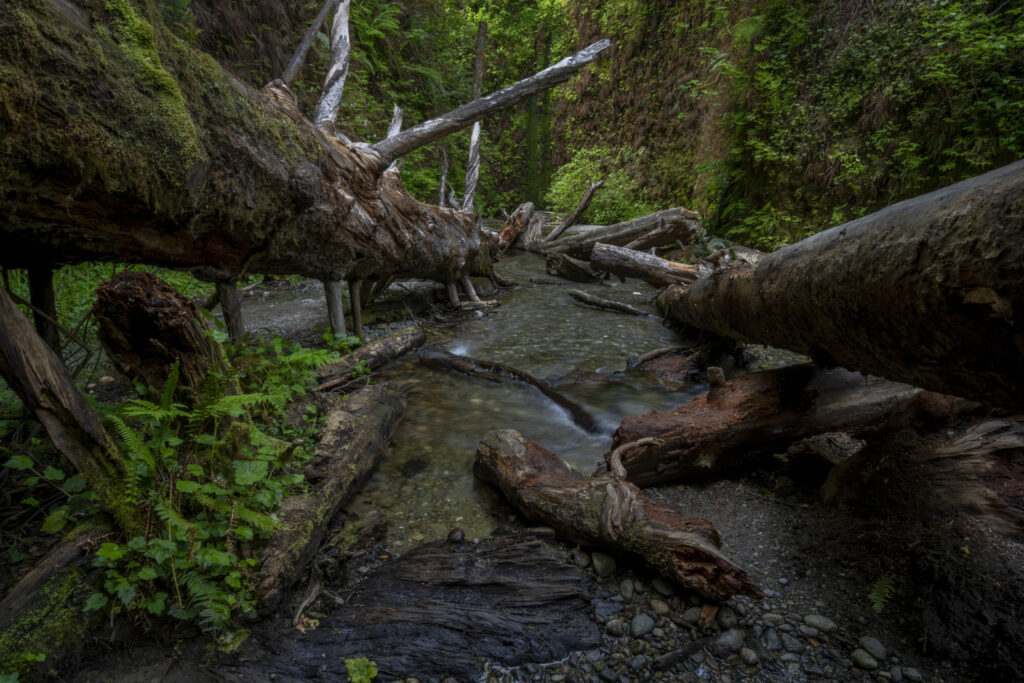
Where the Wild Things Are: Unforgettable Wildlife Encounters
The parks are a sanctuary for more than just trees. The most famous resident is the majestic Roosevelt elk, often seen grazing peacefully in the open prairies, particularly around the aptly named Elk Prairie and Elk Meadow. Seeing a large herd against the backdrop of the giant redwoods is an unforgettable sight.
Along the coast, keep an eye out for harbor seals and sea lions on offshore rocks. From late fall to spring, the park’s overlooks are excellent spots for whale watching as gray whales migrate along the coast. The parks are also a birder’s paradise, home to species like the marbled murrelet and the northern spotted owl.
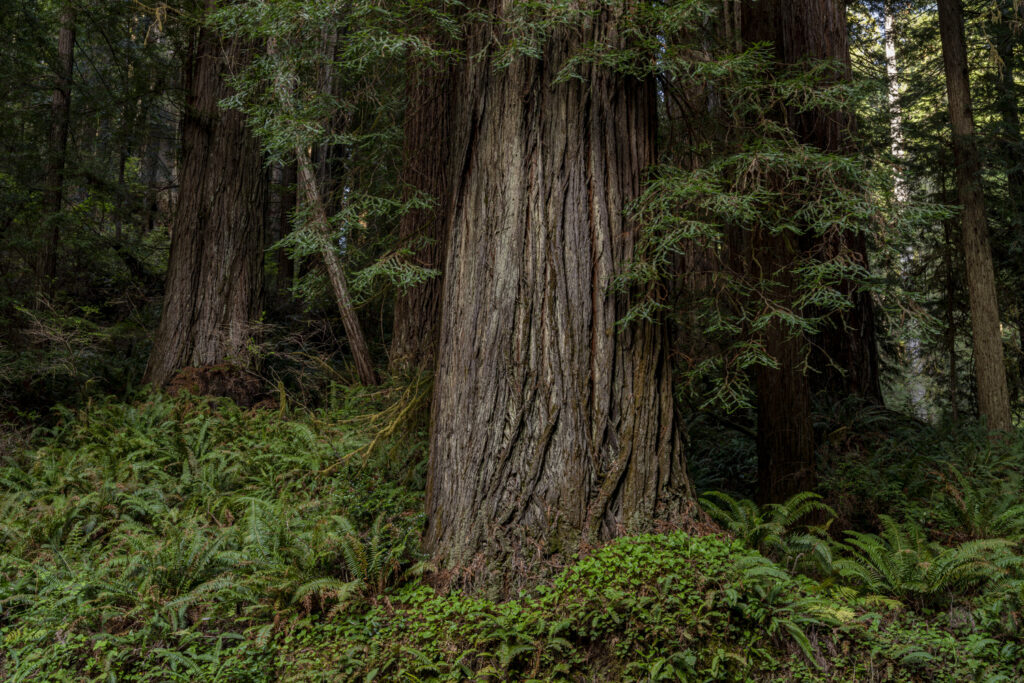
Planning Your Redwood Adventure: Tips and Logistics
A successful trip requires a bit of planning, as the parks are vast and spread out.
- Location: The parks stretch along Highway 101 from Orick in the south to Crescent City in the north. There is no single main entrance or admission gate for the National Park portion.
- Best Time to Visit: Summer offers the most pleasant weather, though coastal fog is common in the mornings. Spring brings blooming rhododendrons, while fall often has clearer skies and fewer crowds.
- Visitor Centers: There are five visitor centers throughout the parks, which are excellent resources for maps, trail conditions, ranger-led programs, and the required permit for the Tall Trees Grove.
- What to Pack: The weather here can change in an instant. Dressing in layers is essential. Always have a rain jacket, sturdy hiking shoes, water, and snacks.
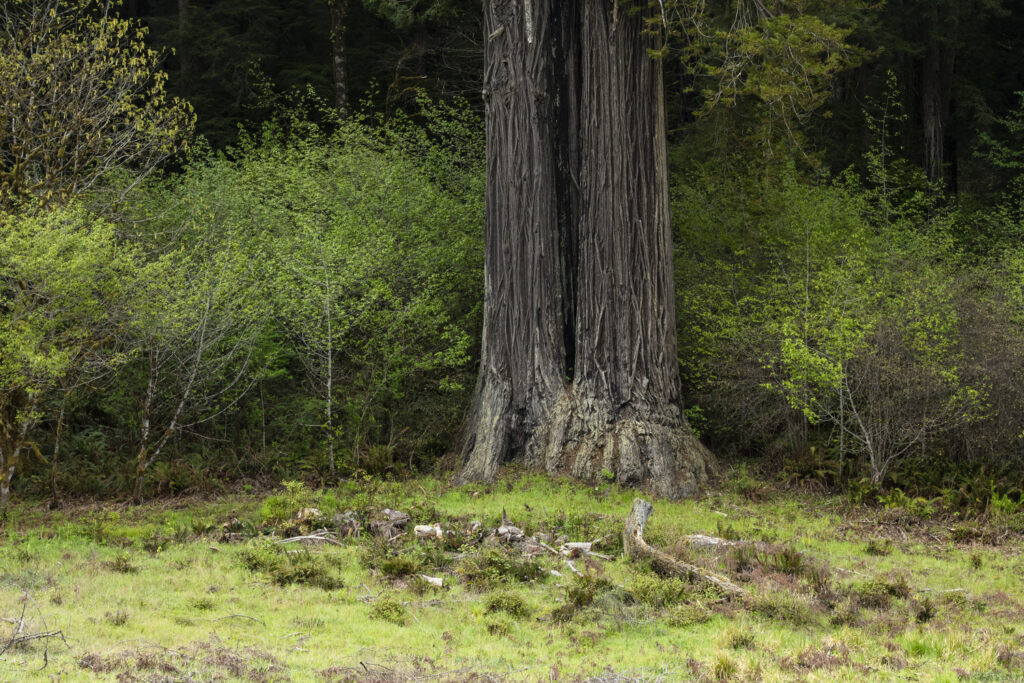
Laying Your Head Among the Giants: Camping and Lodging
To truly immerse yourself in the experience, consider staying overnight. The parks offer four developed campgrounds: Jedediah Smith, Mill Creek, Elk Prairie, and Gold Bluffs Beach. Reservations are highly recommended, especially during the peak summer season, and can be made up to six months in advance through the California State Parks website.
For those who prefer a solid roof over their head, the nearby towns of Crescent City, Klamath, Orick, and Trinidad offer a range of lodging options, from cozy motels to charming vacation rentals.
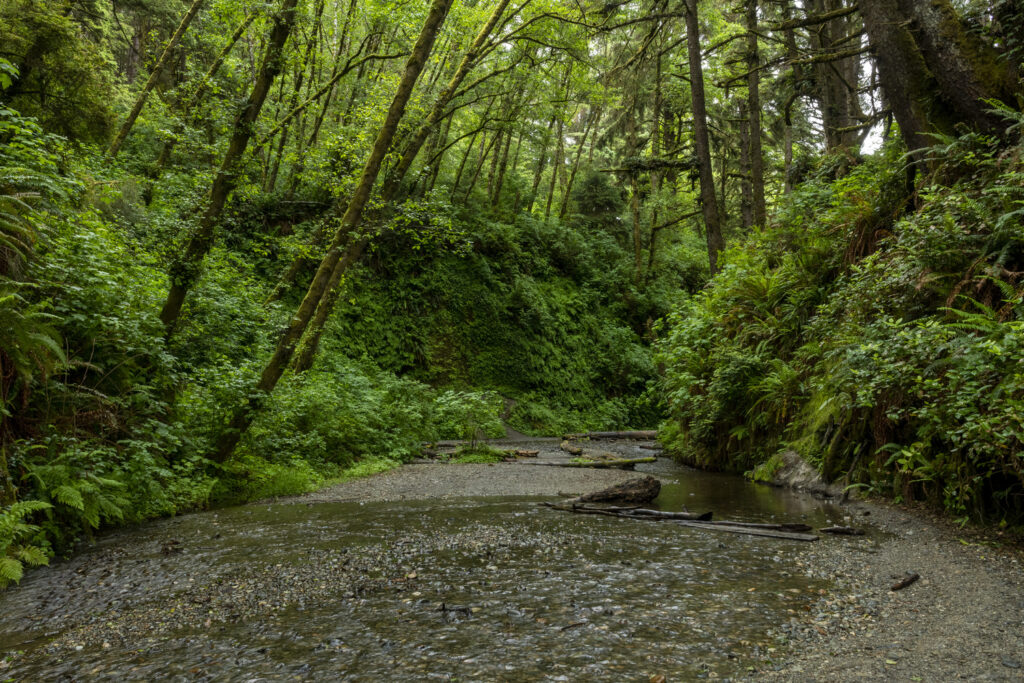
In the end, a visit to Redwood National and State Parks is more than a vacation—it’s a pilgrimage. It’s a chance to stand in a world built on a different scale of time and size, to feel the deep, quiet wisdom of an ancient forest, and to carry a piece of that wonder with you long after you’ve left.
